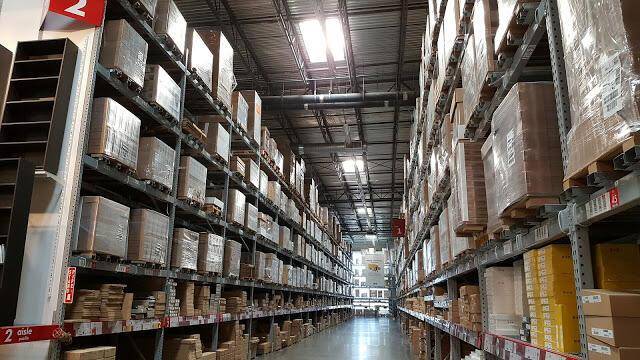In recent years, consumers have begun to buy more and more over the internet. This has completely changed how it is consumed, how products are sold and how positioning strategies are created for them. Stores have to play with new rules and brands have to move in a scenario that is completely different from what they had in the beginning. Things have become something very different, something that brands and consumers have to keep in mind.
What has pushed consumers into the arms of e-commerce? Everyone has their own story of why and how they started buying online, but the truth is that, if you analyze all those stories and all those testimonies, you can find some guidelines that explain this boom in e-commerce.
Consumers value comfort
One of the great tricks of e-commerce and one of the reasons that lead many buyers to make their purchases through it is in the ease of buying. One can simply have what it wants and search with a few clicks and sometimes (thanks to easier purchase systems) with a single click. The consumer can do it without leaving home and at any time he wants, which adds an extra comfort.
You have lost your fear of buying online
One of the main barriers to entry for e-commerce was in the fear that consumers had to buy online. There was some logic to it and it was not difficult to understand why this was happening. Consumers could not see the products in a tangible way, they had to wait for them and they had to give the seller sensitive banking information. Buying online had a bit of risk and forced buyers not only to leave their comfort zone but also to change their habits and try something completely new.
However, this has changed and has underpinned the success of e-commerce. Consumers are becoming more comfortable buying online and have normalized the process. Perhaps this can be explained because consumers rely more and more on e-commerce.
Companies have entered a race to be the fastest
In addition to being able to gain the confidence of consumers more and more, the truth is that the online stores are playing with other tricks to majors to position themselves before the buyers. One of the problems that e-commerce had was that it could not beat the speed of buying in store. When purchased in a physical store, the product is received at the exact time of purchase. One takes the product home, something that does not happen in electronic commerce, where you have to wait for that purchase to arrive.
This has become a much less relevant issue in recent times because e-commerce companies have been involved in a race to reduce times. Things happen more and more rapidly in e-commerce, which makes everything so much faster and, therefore, consumers have slower waiting times when receiving their purchases. In fact, in some markets and in some scenarios, the time is already only one hour, which makes things go much faster and the online shopping experience is much more positive.
The reign of information benefits the e-commerce
To all this must be added that, in these times, consumers are looking for more and more information while they consume. They want to know about the products they buy and want to be able to access a lot of data. Consumers today want to compare prices, want to read opinions of other consumers or want to see what many stores offer in a short time. This is something that e-commerce gets and that physical stores do not manage to match easily.


